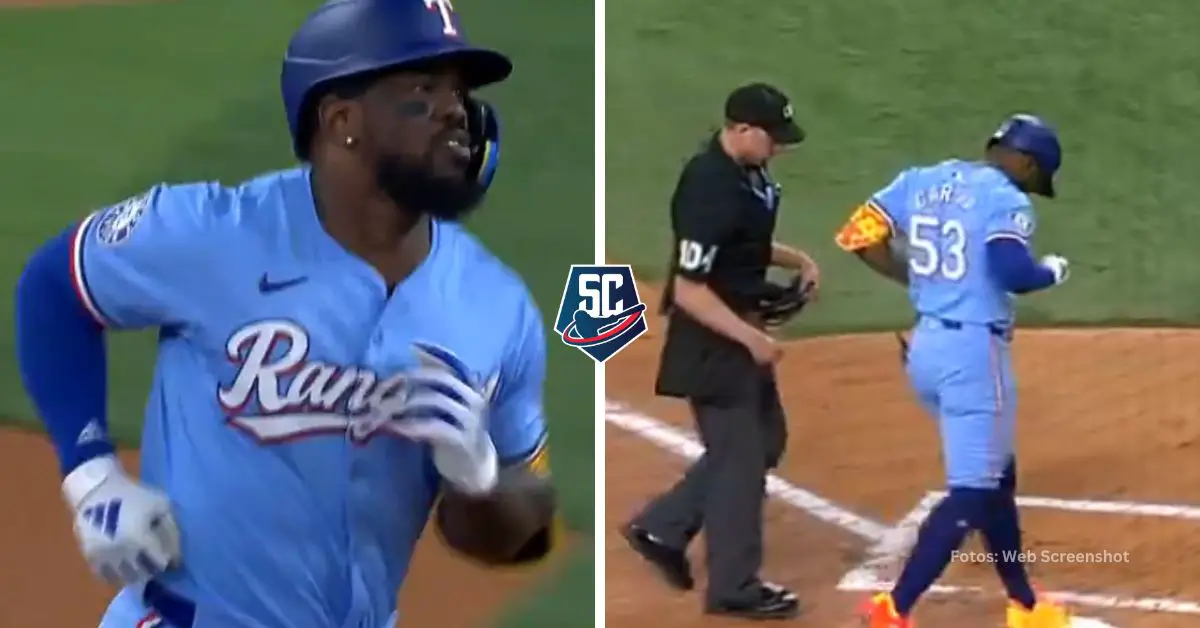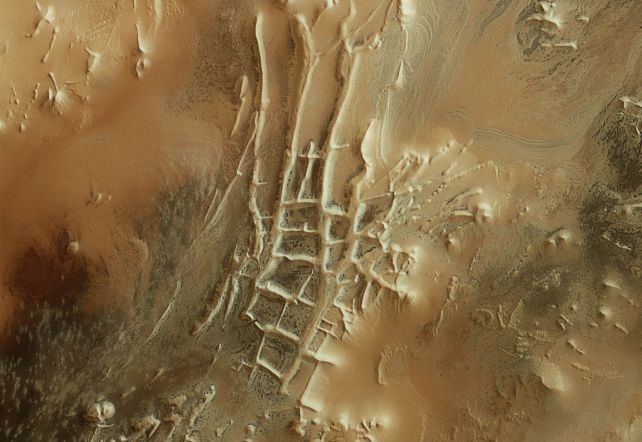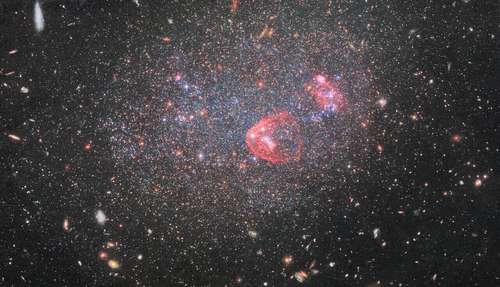▲ The galaxy known as UGC 8091, which resembles a bright festive snowball, was captured by the space telescope Hubble From NASA/ESA.Europe Press Pictures
European press
La Jornada newspaper
Saturday, December 23, 2023 p. 5
Madrid. Space telescope Hubble NASA and the European Space Agency have captured images of the galaxy known as UGC 8091, which resembles a bright snowball.
With a dazzling array of wavelengths of light captured by the filters of the world's leading scientific instruments HubbleThe European Space Agency stated that millions of stars in this galaxy are being explored more deeply than ever before.
UGC 8091, also known as GR 8, is located about seven million light-years from Earth, in the constellation Virgo. Unlike other galaxies whose stars take on a more organized appearance, astronomers classify UGC 8091 as an irregular galaxy.
The stars that make up this celestial cluster look more like a network of bright lights than a galaxy. Some of the irregular constellations are thought to have become entangled by turbulent internal activity, while others are known to have formed through interactions with nearby nebulae. The result is a class of galaxies with a wide range of sizes and shapes, including the diffuse scattering of stars that represent this constellation.
In particular, UGC 8091 is an irregular dwarf, which means it only contains about a billion stars.
That's a huge amount of light, but not for a galaxy, as the Milky Way is thought to contain more than 100 billion stars, while other galaxies may contain trillions.
Dwarf galaxies often orbit larger galaxies, and their low mass makes them vulnerable to being disturbed and consumed by their larger neighbors, a process that produces irregularly twisted dwarfs like UGC 8091. This type is thought to have properties similar to massive galaxies. Astronomers see them in deep field images.
It is hoped that research into the formation of dwarf galaxies and their stars, especially their low metallicity, will help reveal evolutionary links between these ancient galaxies and modern galaxies such as the Milky Way.
To do this, astronomers carefully examined the multicolored stars in UGC 8091. Various features of the galaxy can be detected by using filters to restrict the light entering the galaxy's instruments. Hubble In very specific wavelength ranges.
These filtered images can then be recombined to create a full-colour image: an amazing 12 filters are combined to produce this image, with light contributing from the mid-UV to the red end of the visible spectrum.
The bright red spots represent light emitted by excited hydrogen molecules in hot, active stars formed in recent explosions. Other flares shown in this image are combinations of older stars.
The data used dates back to the period from 2006 to 2021 and was taken by two of the most advanced tools in the world. Hubble: Wide Field Camera 3 and Advanced Camera for Surveys. Among other things, the observing programs aim to study the role of low-mass galaxies, such as UGC 8091, in the reionization of the early universe, and to examine the consequences of star formation in low-metallicity galaxies.

“Social media evangelist. Student. Reader. Troublemaker. Typical introvert.”



:quality(85)/cloudfront-us-east-1.images.arcpublishing.com/infobae/KAYSXK65OZG55CR3YX225WI6Z4.jpg)



More Stories
Susana Magallon enters the US National Academy of Sciences.
How to practice GOMO, the simple habit that helps you disconnect and become happier
Science of Galicia When a girl closes her eyes